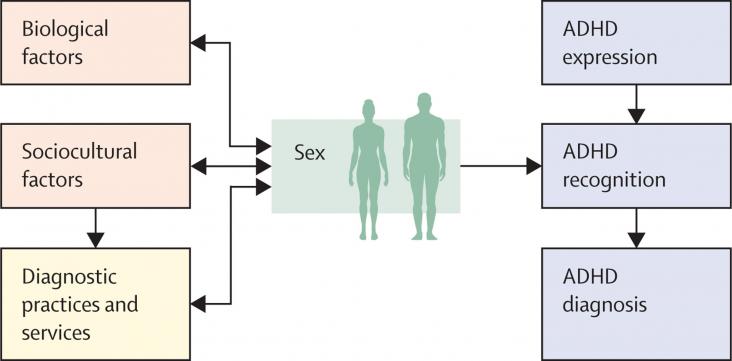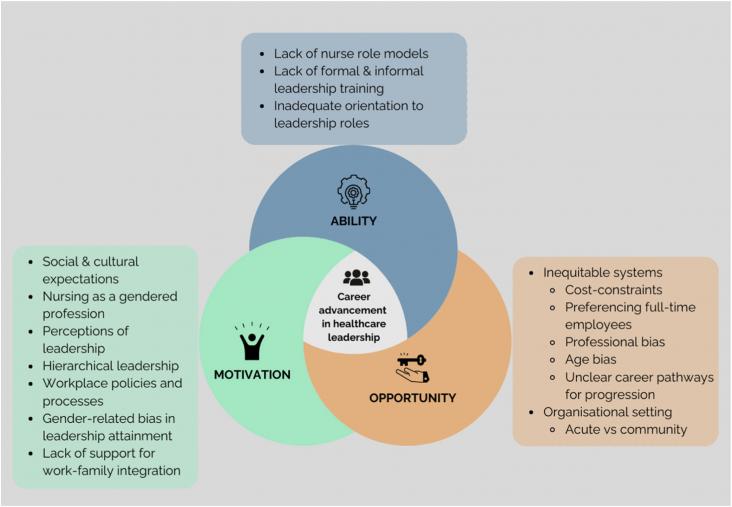


This paper outlines recent research and highlights the need to improve the visibility and equality for women in surgery, biomedical and clinical research. Specifically, it details the current landscape for women in surgery, vision and eye research, the need for reform, potential strategies and the efforts of the Women in Vision and Eye Research Ireland to drive social change through a women's conference and award of a prize for research excellence.
Computational Intelligence and Deep Learning Methods for Neuro-rehabilitation Applications, 2024, Pages 121-148
